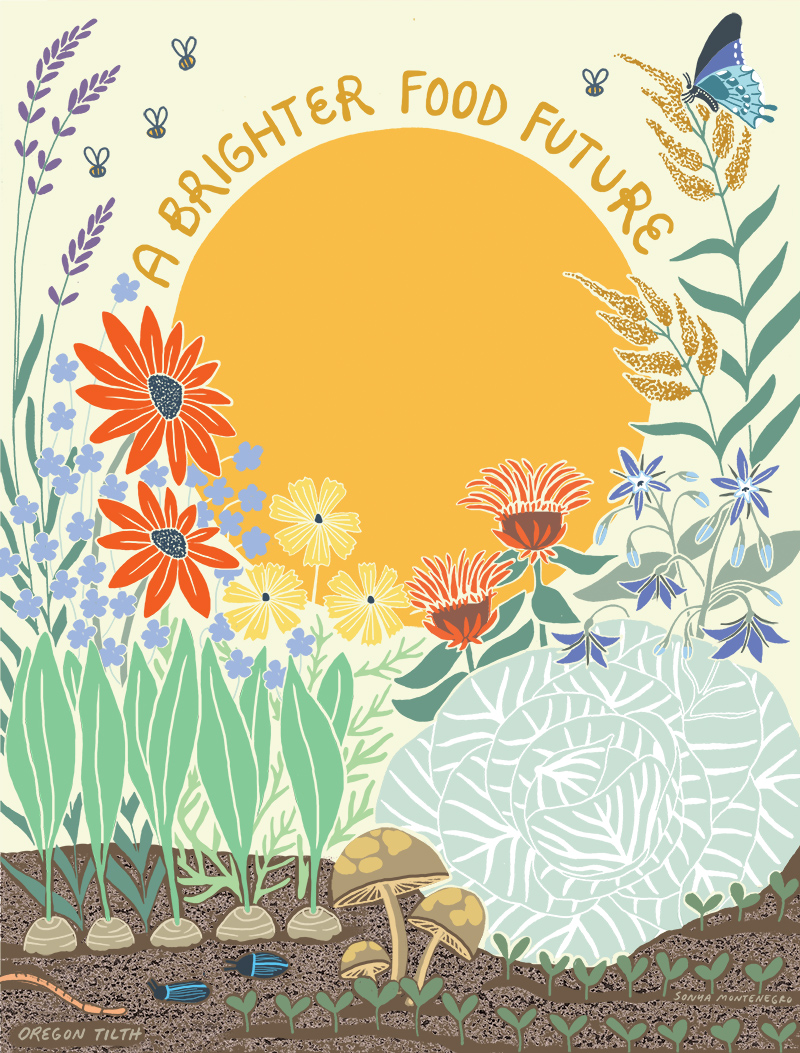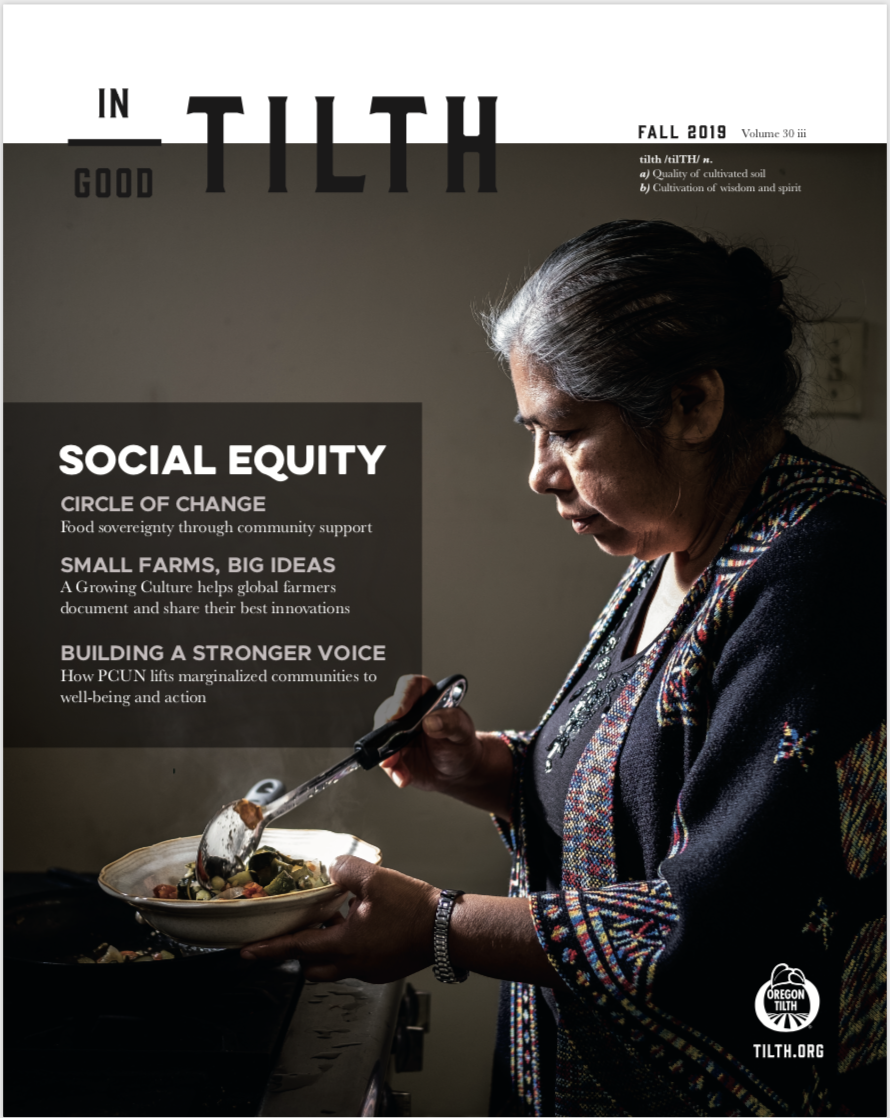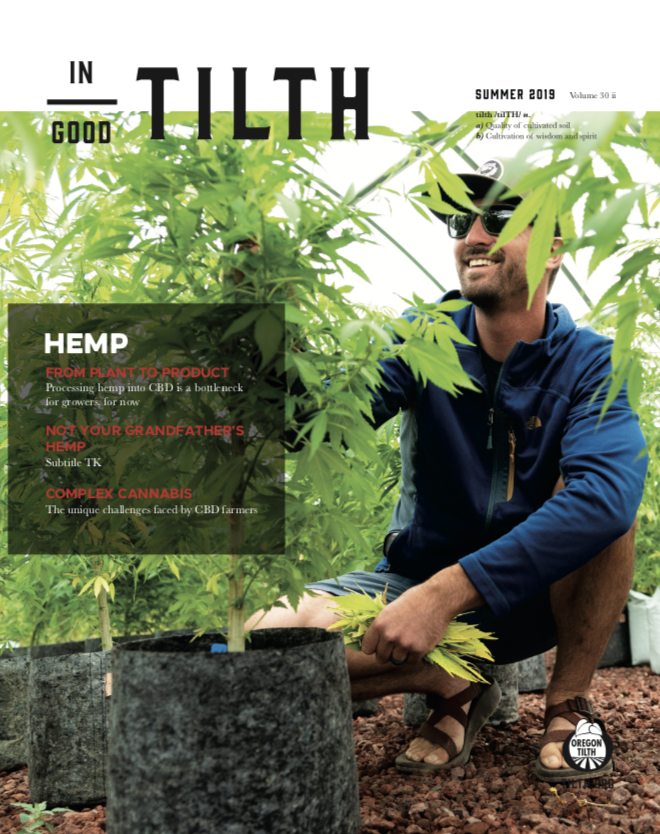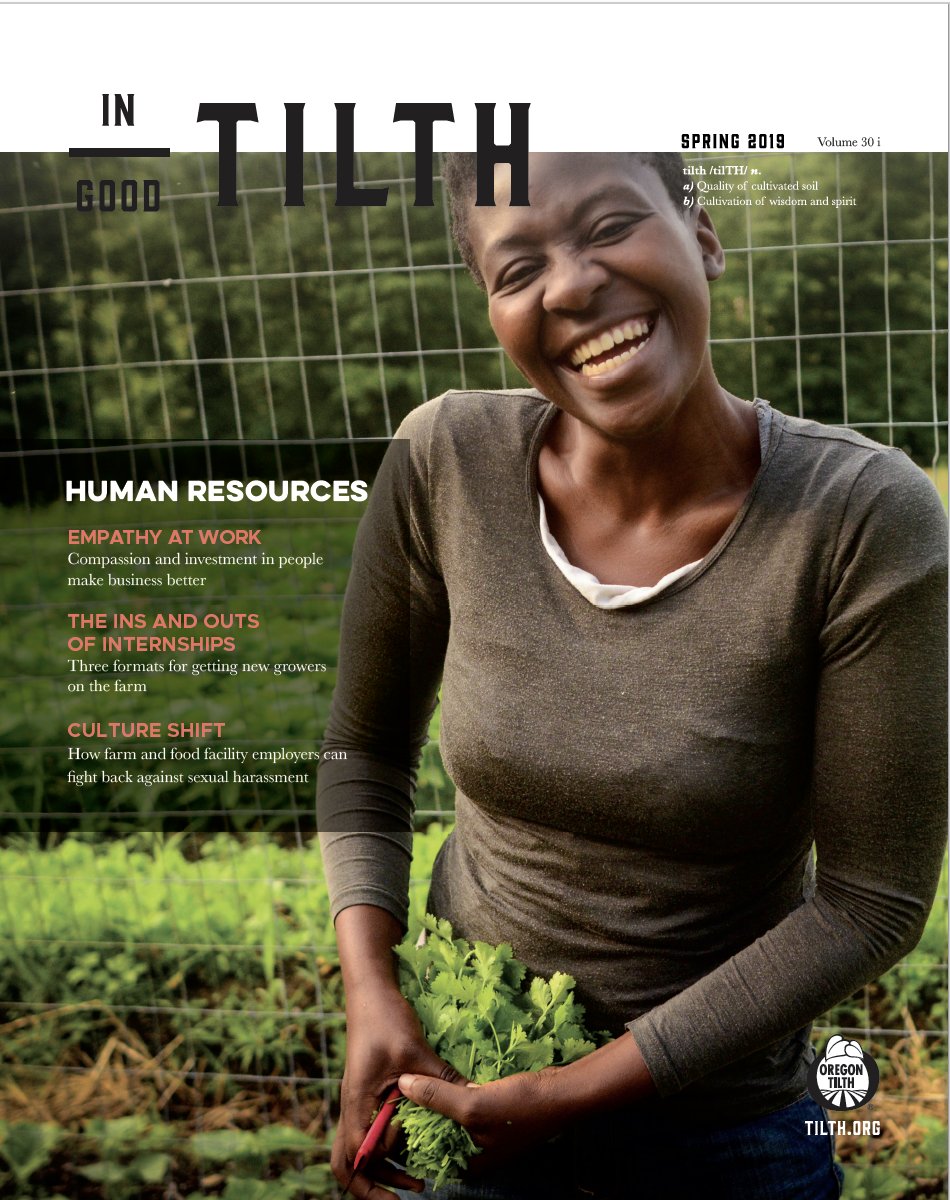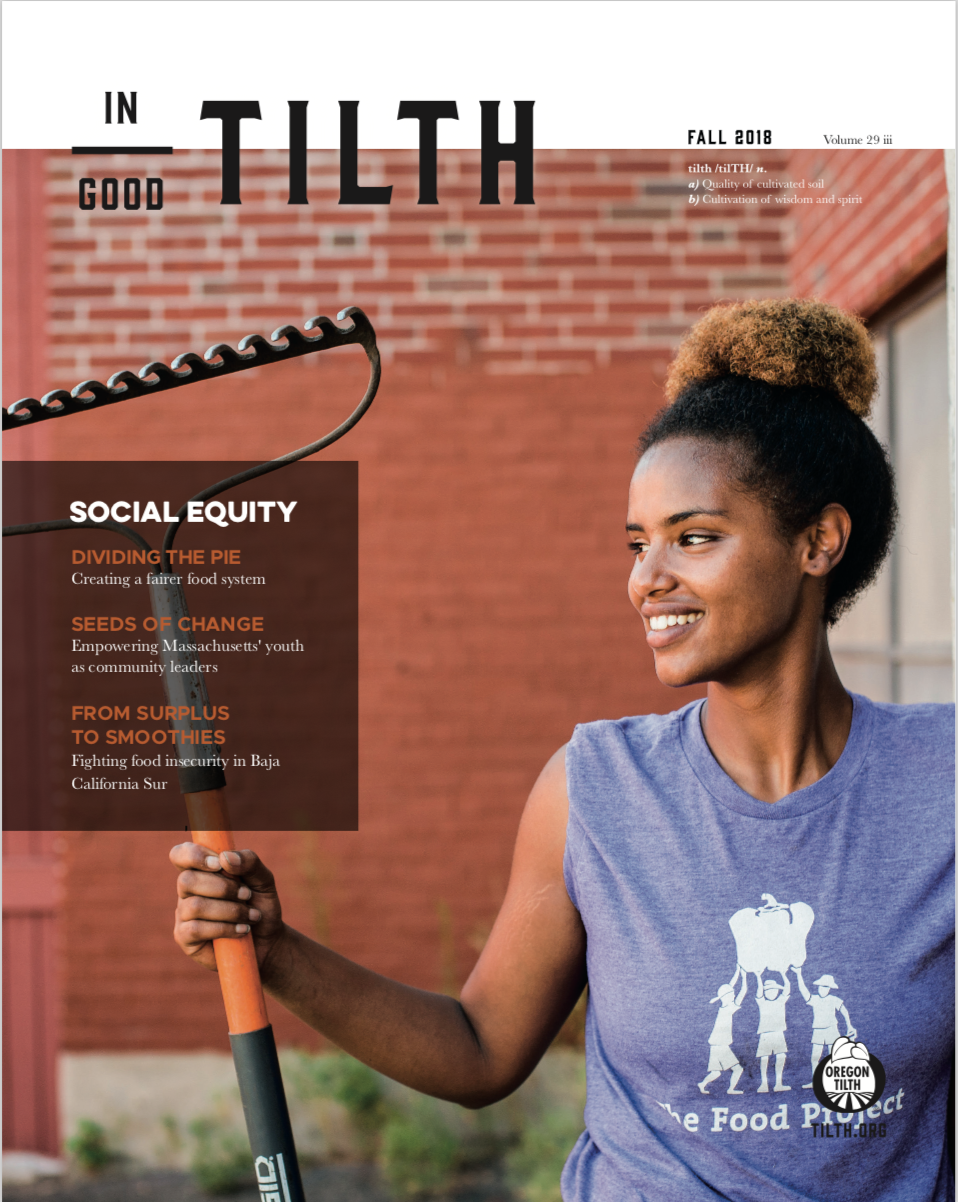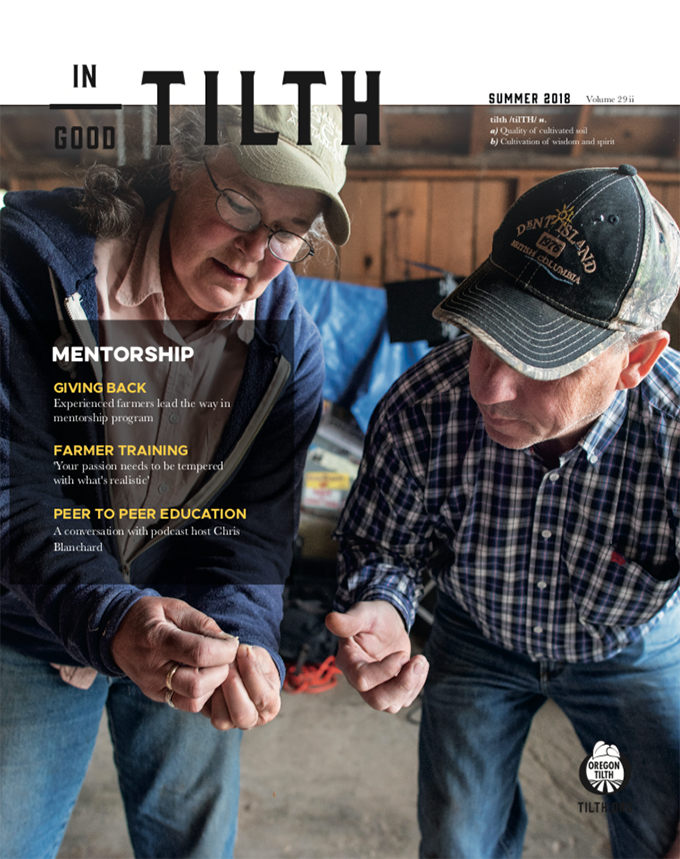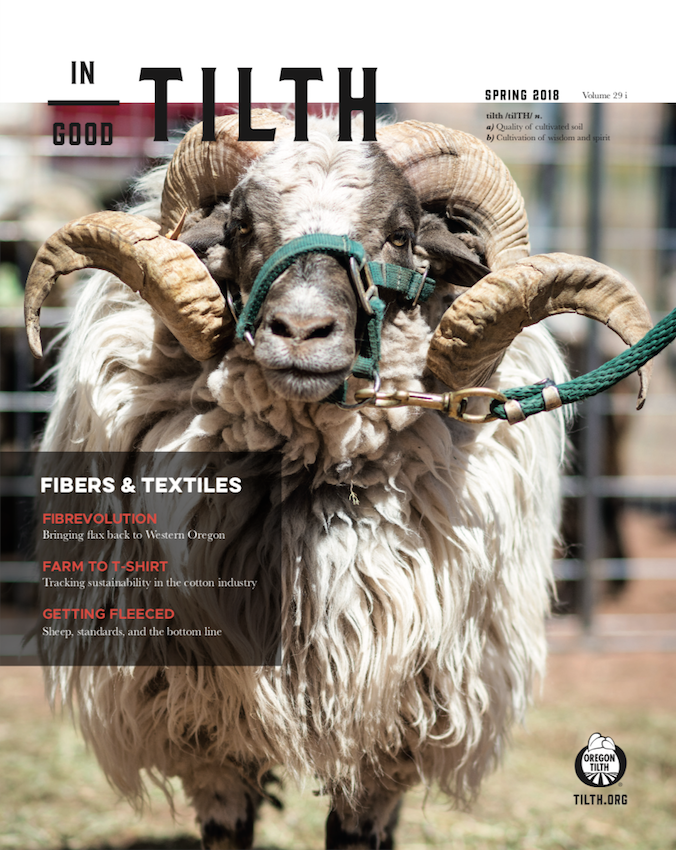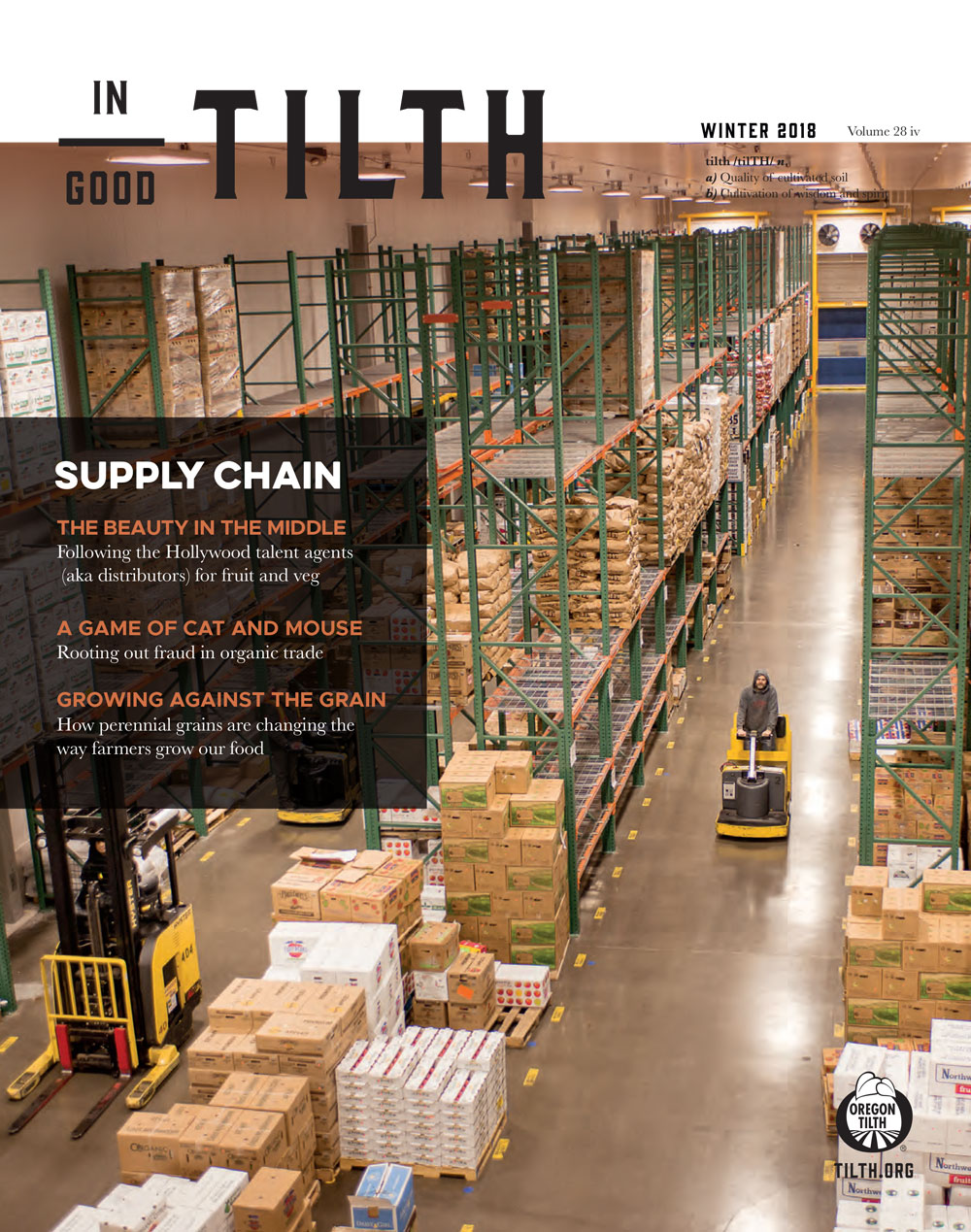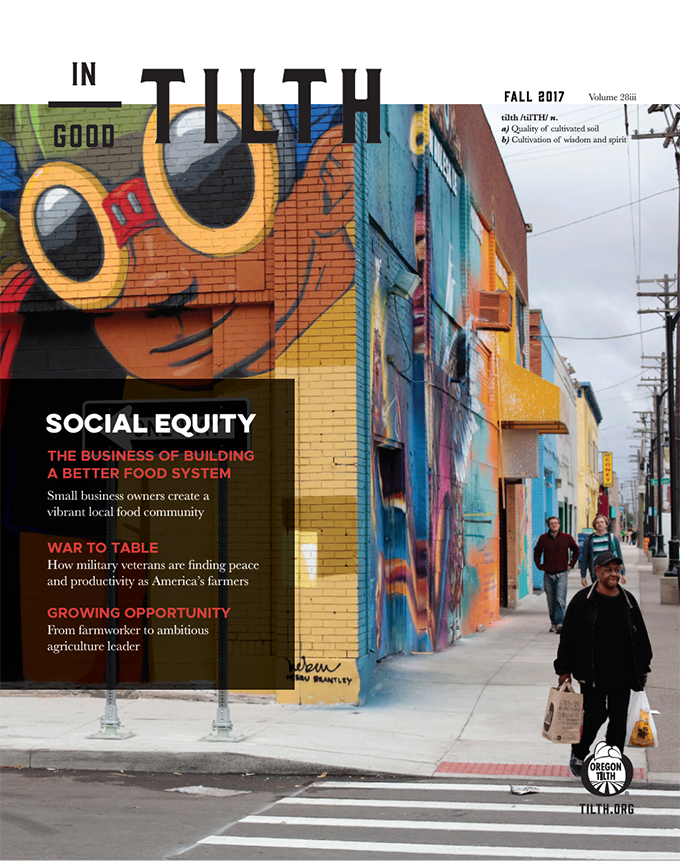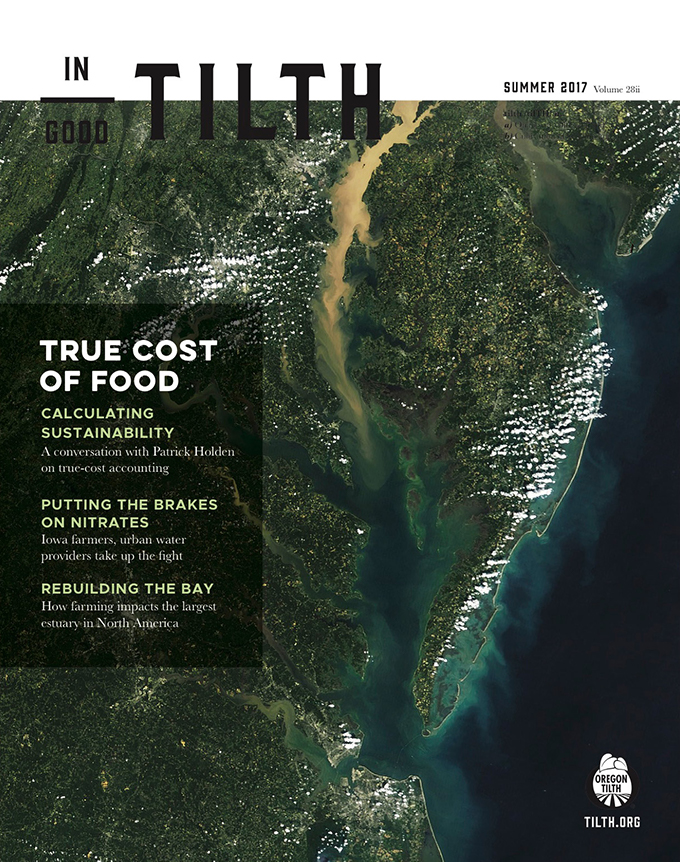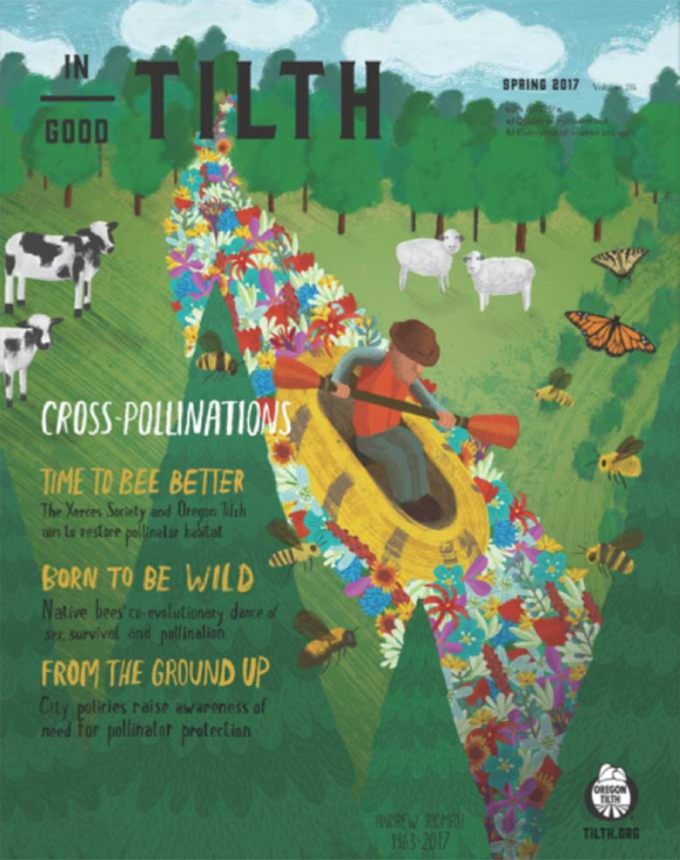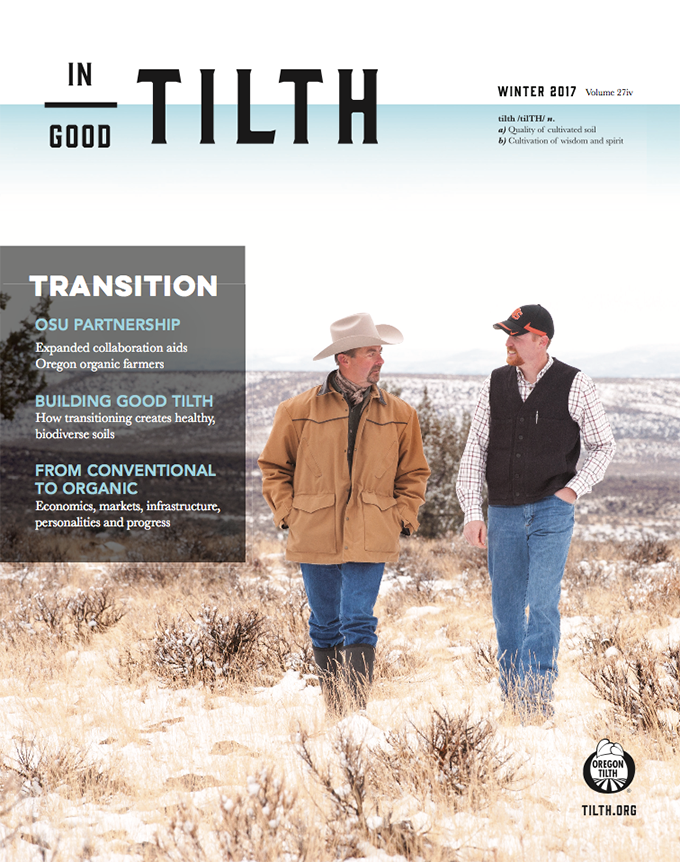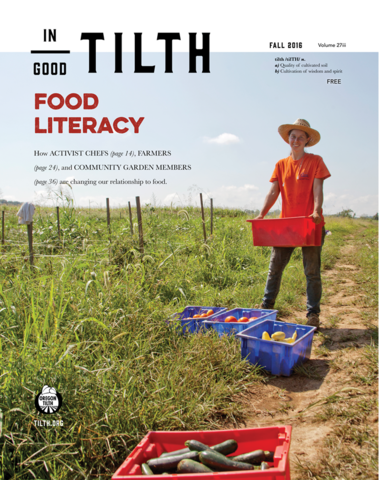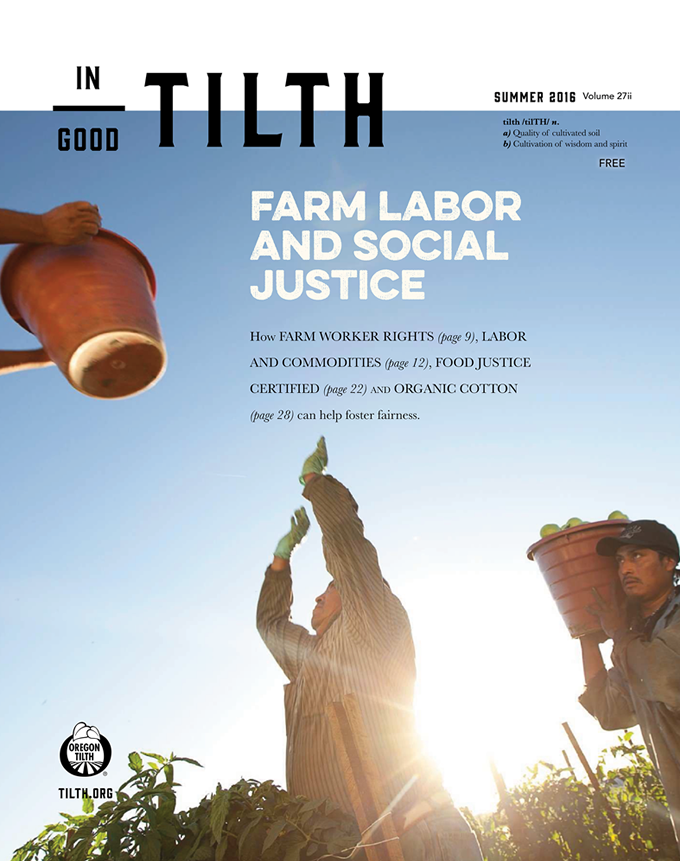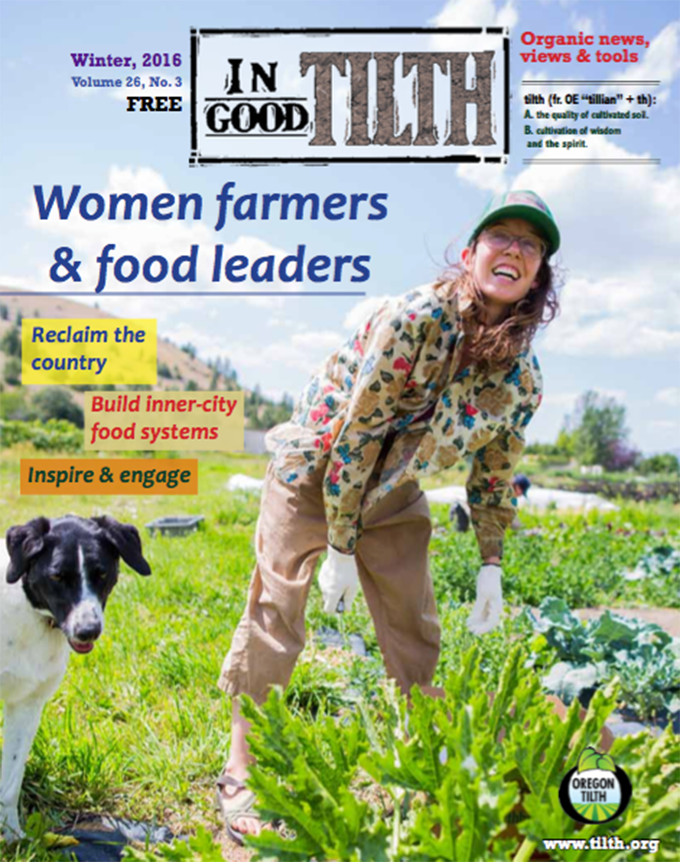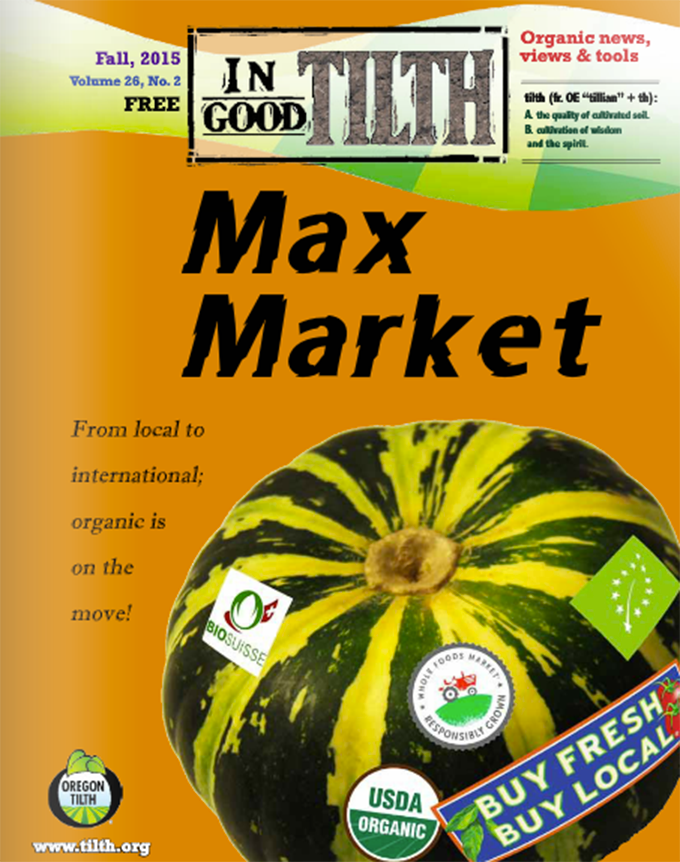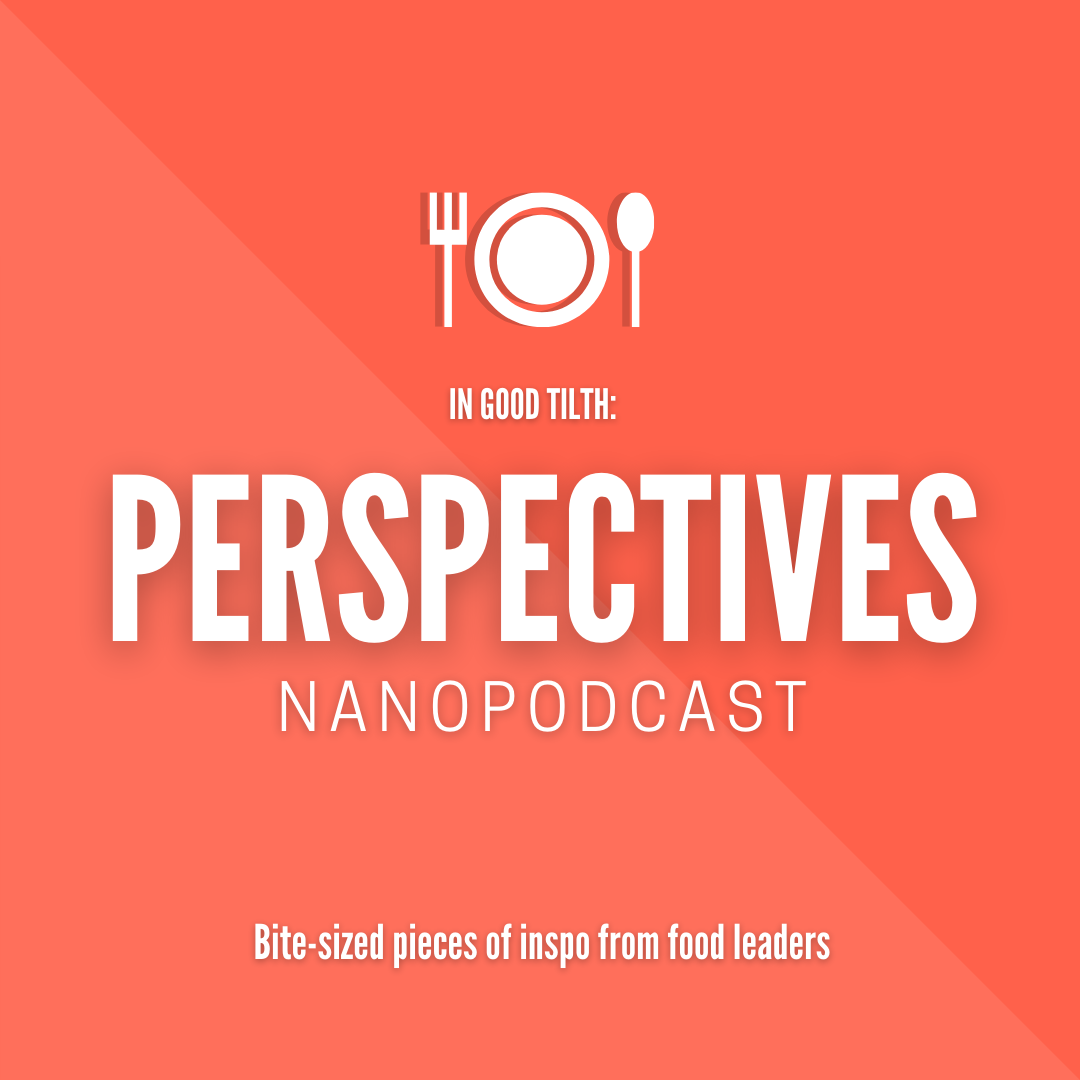Nick Armentrout is the supply chain leader at Ramblers Way, a U.S. apparel brand making 100 percent American-made clothing for men and women. Headquartered in Kennebunk, Maine, all Ramblers Way garments are made from premium, natural fabrics designed to go from office to outdoors. Nick manages the full supply chain, from sheep farmers to fabric makers. He supervises the entire process for finished textile products — yarns and dyed fabrics — with a real knack for connecting what happens on the farm to the processing of raw materials later in the supply chain. His role includes maintaining relationships with individual ranchers as well as manufacturers of yarns, knit and woven fabrics, and the dye houses that color Ramblers’ yarn and fabric. He also manages certifications of manufacturing operations, such as the Global Organic Textile Standard (GOTS) and Cradle to Cradle (C2C). Armentrout is also a veteran of the Saltwater Institute, where he educated students on values-based business models, emphasizing quality, sustainability, American manufacturing, family ownership and transparency. He participates in the Maine Farm Bureau, the Maine Organic Farmers and Gardeners Association and the Draft Animal Power Network. Armentrout and his wife, Sarah, run Spring Creek Farm, an organic horse, sheep, hay and grain farm that also serves as the host facility for Carlisle Academy Integrative Equine Therapy and Sports, for children and adults with disabilities.
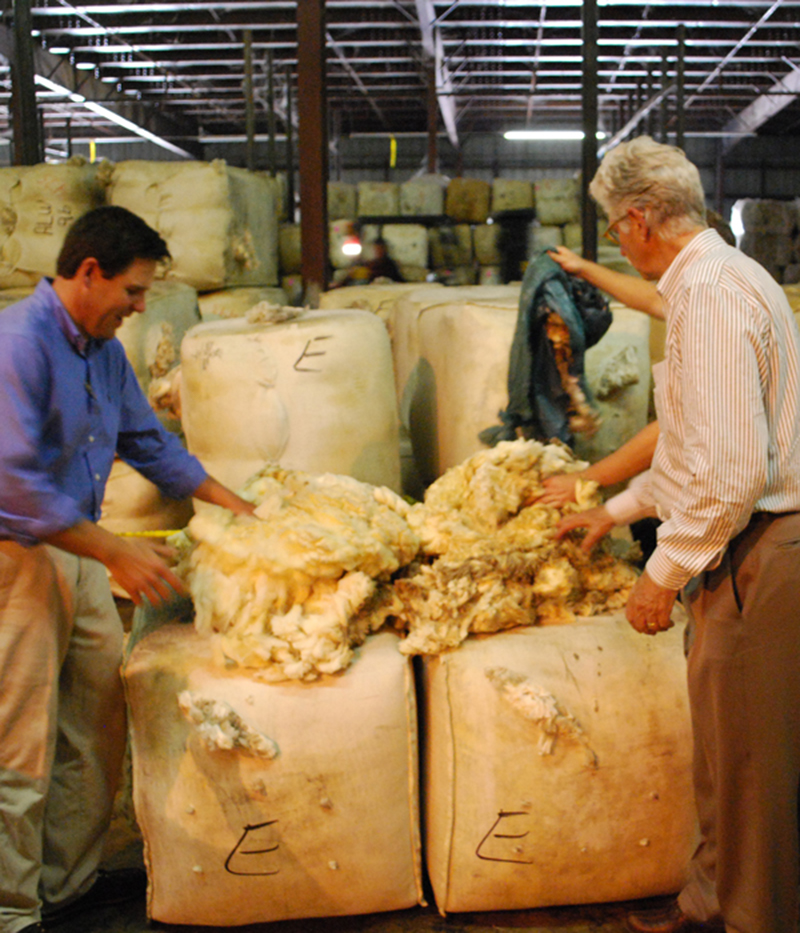
Where did the idea for Ramblers Way come from?
Tom Chappell, our founder, was on a farmhouse-to-farmhouse hiking trip in Wales with one of his children. The climate and hiking conditions made his high-performance synthetic blended base layer incredibly uncomfortable. Surrounded by sheep and pastures, he came to the idea to make a 100 percent domestic wool product that was comfortable in all conditions. Tom is applying the same values-based approach used to found his previous company, Tom’s of Maine, here with Ramblers Way.
How does someone specializing in oral care products make the leap to wool?
It’s a big leap. But we do have some family history. Kate Chappell’s family operated Cheney Brothers Silk Mills in Connecticut. Tom’s father worked in the woolen industry in New England, and Tom grew up around mills. It informed some of his personal aversion to the heavy chemical input in wool and fabric manufacturing processes. After the initial idea, Tom and I went to meet ranchers in Montana, Colorado, Wyoming, Texas and Nevada. We identified certain sheep breeds — Merino, Rambouillet, Targhee and Cormo — and then set up road trips to meet with farmers to talk about our ideas for a product. We didn’t know quite all of the challenges we were taking on at that time. Textile manufacturing ain’t toothpaste, that’s for sure. Yet the experience of running another business for 35-plus years helped us stay true to our beliefs and product vision, which has most influenced our innovation.
How do you develop successful, values-based business relationships?
Part of our methodology was to start with a cooperative partnership with farms and ranches, and then onwards through the process to a final product. But it always starts at the farm. As product makers, we needed to understand wool as a dynamic fiber. It’s influenced by its environment, its growing conditions and so on. Our time invested in hand-to-hand, face-to-face meetings with farmers helped us understand some of the nuances to the different management systems and the different environments that would impact our product. We learned firsthand about what happens in certain grazing systems and how much time animals spend on irrigated ground versus natural range. For instance, a farm’s shearing and lambing cycles, stocking rates and seasonal grazing plans differ from range to irrigated ground. Talking with our farmers helped us learn how wool is influenced from the start — for instance, forage and nutrient availability greatly impact wool production and fiber diameter. This helped us connect the dots at a manufacturing level back to management on the farm, especially when we had big questions about yield or wool breaking — wool that is weaker in spots along the fiber — or other things. I believe that’s a very different perspective than most other brands.
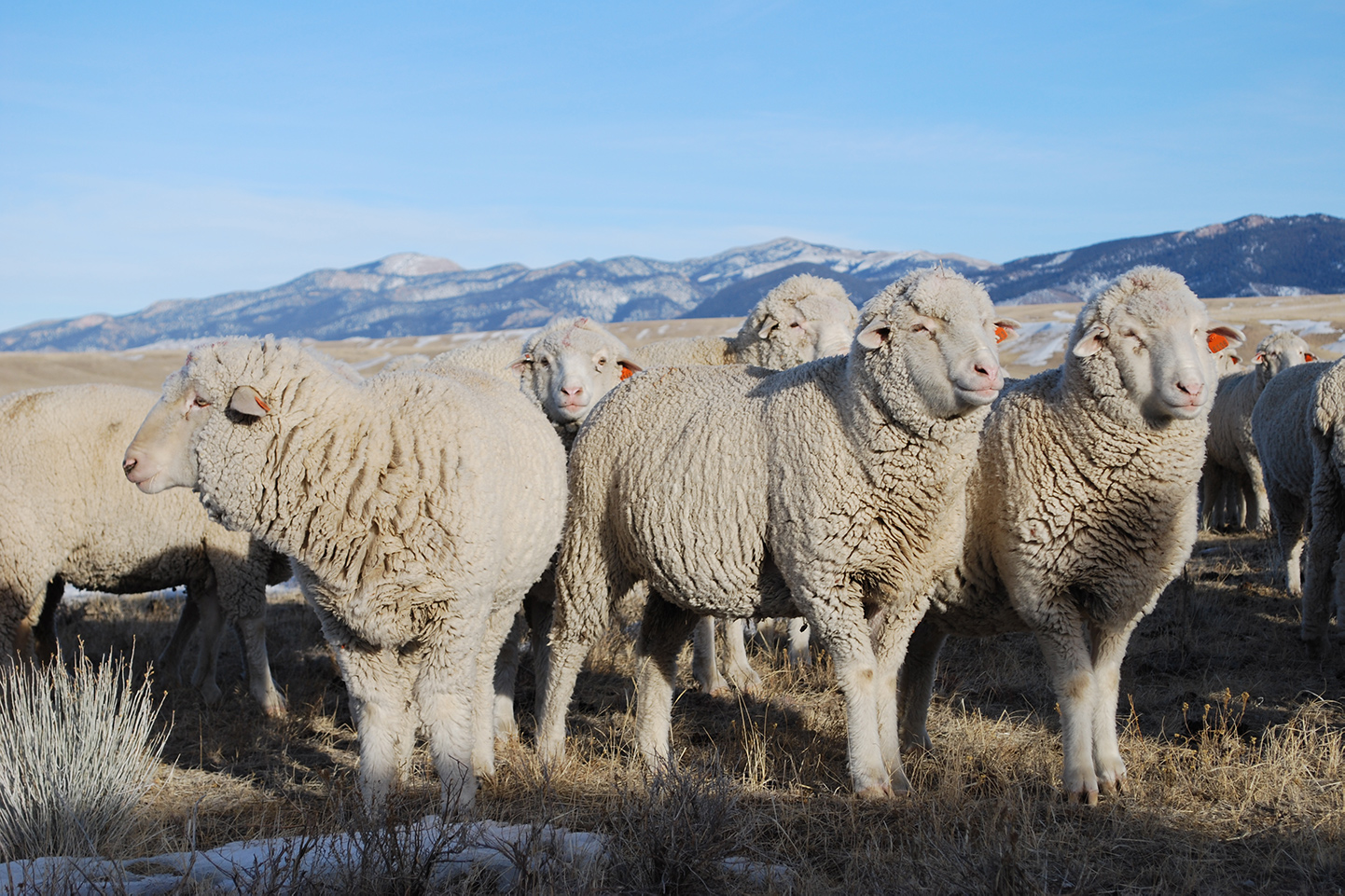
What have you learned from these relationships? How has it helped Ramblers Way?
We’re a commission manufacturing model — we own the input from the farm gate forward. For processing, we need to provide all of the data we have on the fiber. Micron counts, length, strength tests and more. We then need to work with others to meet our specs and need to start each conversation with: “Will you work with us?” So we get a unique opportunity to ask questions and learn. For instance, the first time we shipped combed wool tops to a spinner, it was a four-hour trip. When it arrived, we were 150 pounds off in our weights. I thought we lost a box or two from the truck. But our partners just laughed and told us we lost moisture. The biggest benefit is that our questions enabled us to start to advocate for how we wanted to make things in our manufacturing chain. And we’ve found incredible partners that are willing to try new things to preserve water or eliminate toxic processes altogether.
How has Ramblers Way continued to push sustainability in wool apparel?
In advocating for our values, we realized we were swimming against a bunch of currents. There were instances where we were told that we couldn’t do something or it doesn’t exist. GOTS became a useful tool for us to continue our values-based push for sustainable, 100 percent wool products. Through the certification we built a supportive community as we got into developing organic products, especially since it meant looking to the international market for sourcing organic wool. GOTS and our Cradle to Cradle certifications work together to tie things back to the farm and build on global standards to be better about resource consumption, water and energy, and thinking of course about end of life of our products as well. We believe firmly in continual improvement, that opportunity for optimization. There’s no reason for us to sit back. We’re going to learn from that process and build upon that.

How do you communicate this to consumers?
It’s important for the company to test ourselves a little bit and figure out how we can move our claims even further along. We care deeply about these things. The conversation about sustainable wool production will be driven by consumer demand. I’m continually surprised by the gap in thinking for conscious consumers who are really, really thinking long and hard about the healthy things that go in their bodies, but not on their bodies. That’s our challenge, particularly with wool because, let’s face it, wool is not the lead textile fiber in the world. There’s just not a lot out there to begin with. We have the answer to the question for folks, well, why organic clothes? And while the GOTS certification helps us answer that question, we still need to do a thorough job of educating others about farming through processing in order to help them understand.
What are you most excited about at Ramblers Way?
I’m really excited to look into what happens at the end of life for our products. We know the benefits of wool and its inherent biodegradability. We know wool properties. We know how it breaks down in nature or that it might be able to become a biological nutrient and agricultural input. So we’re thinking about how our clothing can be made into soil amendments for the very same farms that these wools are coming from. If you think of selling a crop like grain and exporting the farm’s fertility, you can imagine exporting wool fiber the same way. How do we replace that fertility beyond just the grazing animals’ feces? Could we bring recycled wool textile product back as a soil amendment? I hope so. It excites me to think of the land-based agriculture applications for wool at the end of its clothing life.
We’re also hoping to activate an arm of a U.S. manufacturing supply to make some of our 100 percent recycled wool products. Part of my job would be to have a whole new aggregate of recycled wool fiber for our company to imagine and innovate with.

